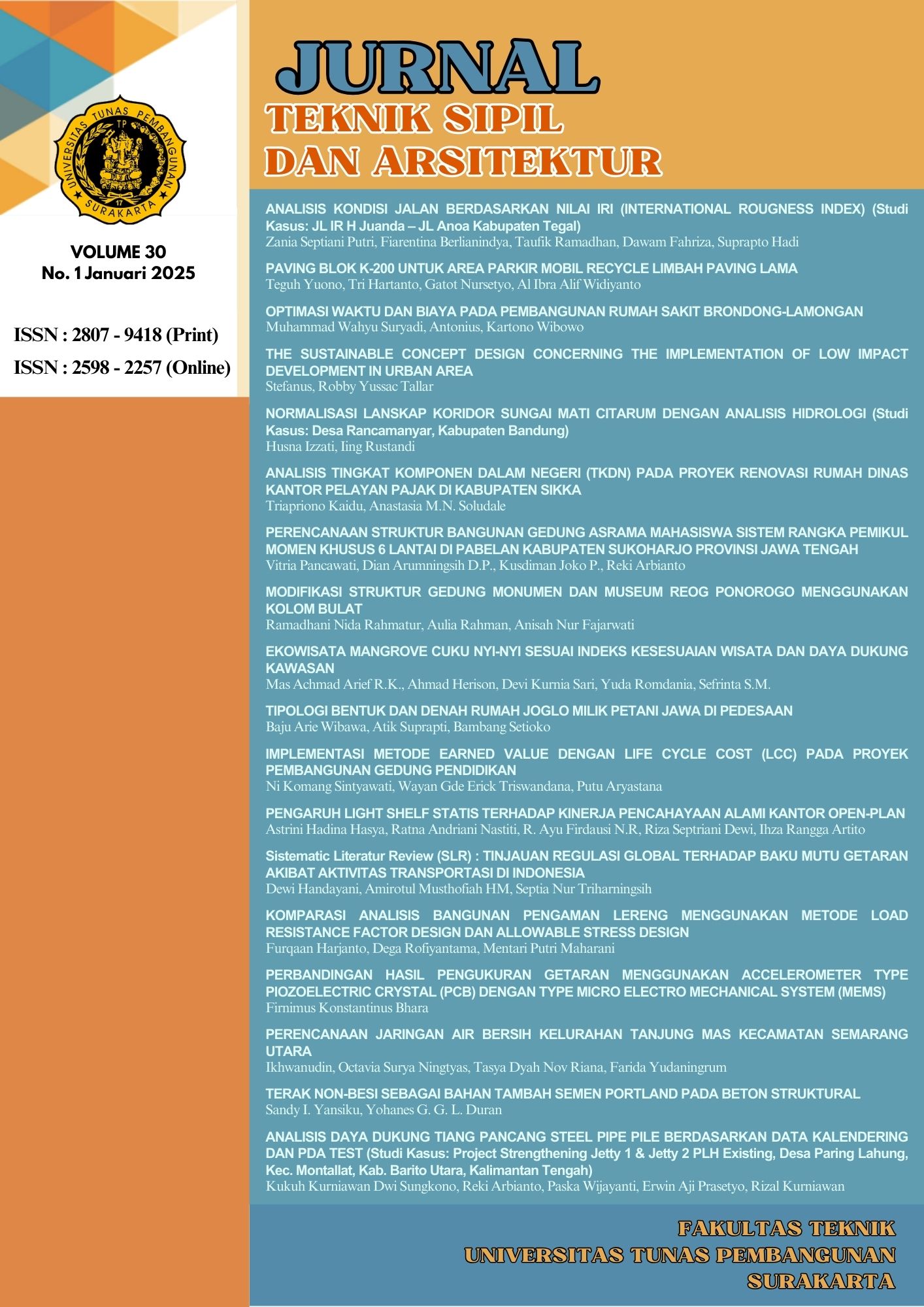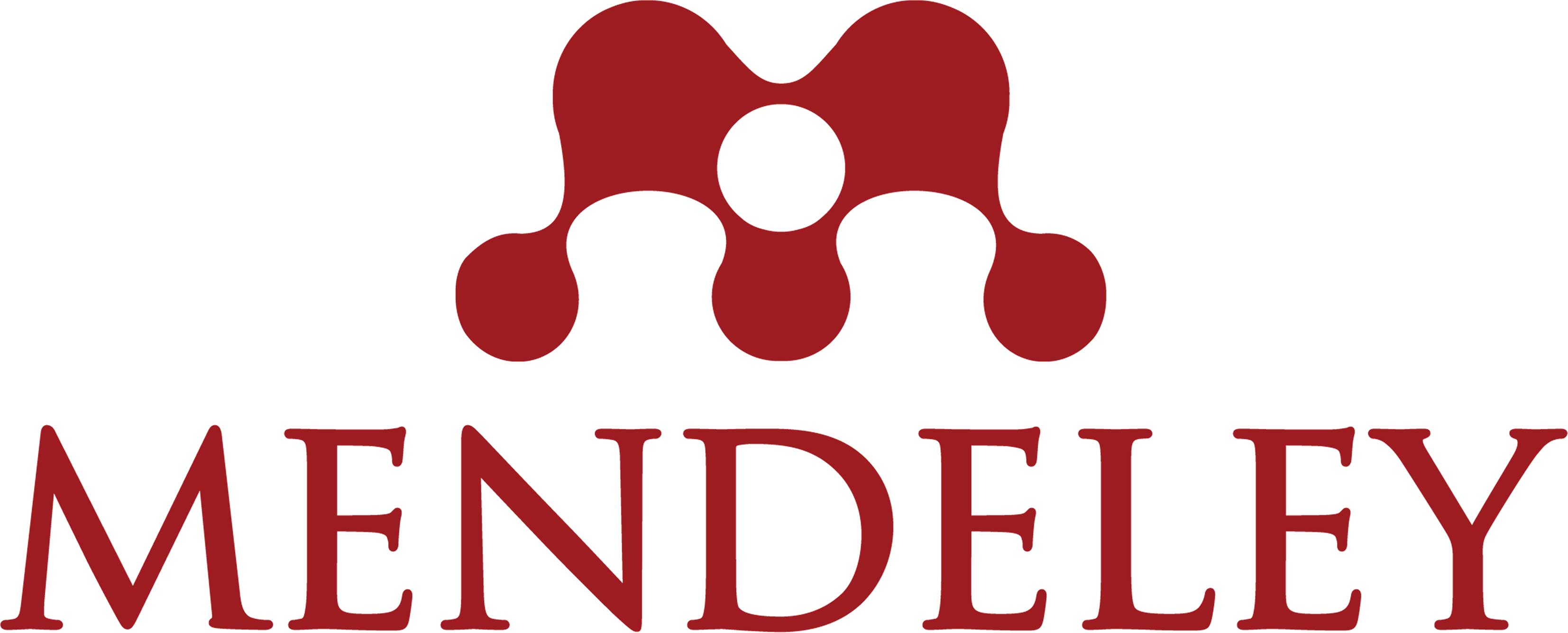TIPOLOGI BENTUK DAN DENAH RUMAH JOGLO MILIK PETANI JAWA DI PEDESAAN
Abstract
Pondokrejo Joglo Village is a traditional Javanese settlement with many joglo houses that are preserved both in terms of physical and socio-cultural aspects. This research was conducted to find a typology of roof shapes and house plans in Pondokrejo Village, Rembang. This research uses a descriptive method, with qualitative-descriptive analysis, and a typological approach through data collection in the field. This typology categorizes types based on the similarity of roof shapes and floor plan configurations used in each house. The results show that there are several types of house forms, namely Joglo, Wedhok (Bekuk Lulang), Paris (Limasan), and Sinom. The Tajug form is only used for mosques, and the Panggang Pe form is only for warehouses, bathrooms, stalls, huts, and others. The plan configuration varies from one building to three buildings. There is one similarity between the buildings, which is that the Joglo house is always at the front, however, there is an exception for the Sinom house, which is an embodiment of the 'pacekan Joglo' that functions as a pendopo-like building in the Javanese house concept. The "sinom" and "wedhok" house forms are building forms that already have a "soko guru" that can later be upgraded or transformed into a joglo.

















